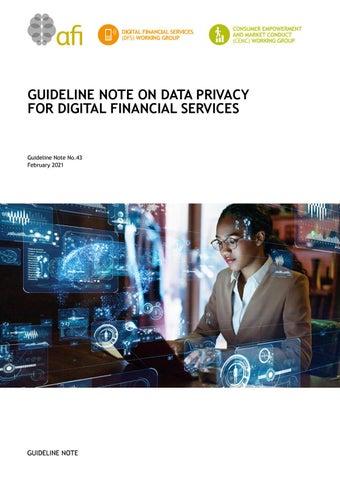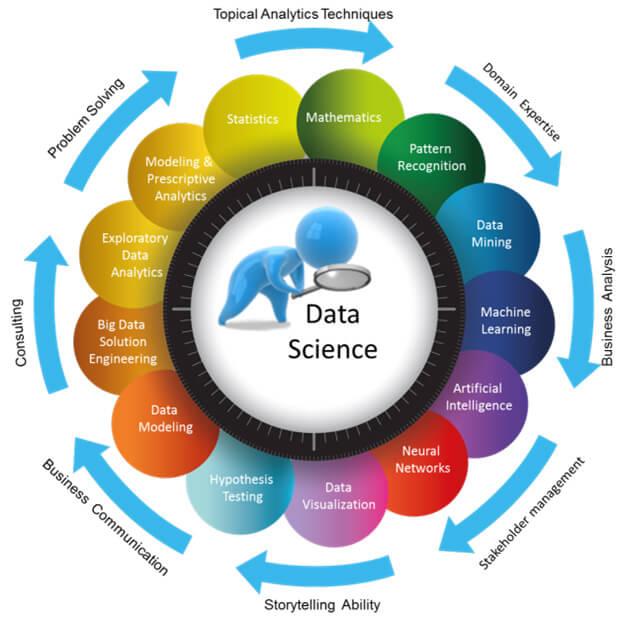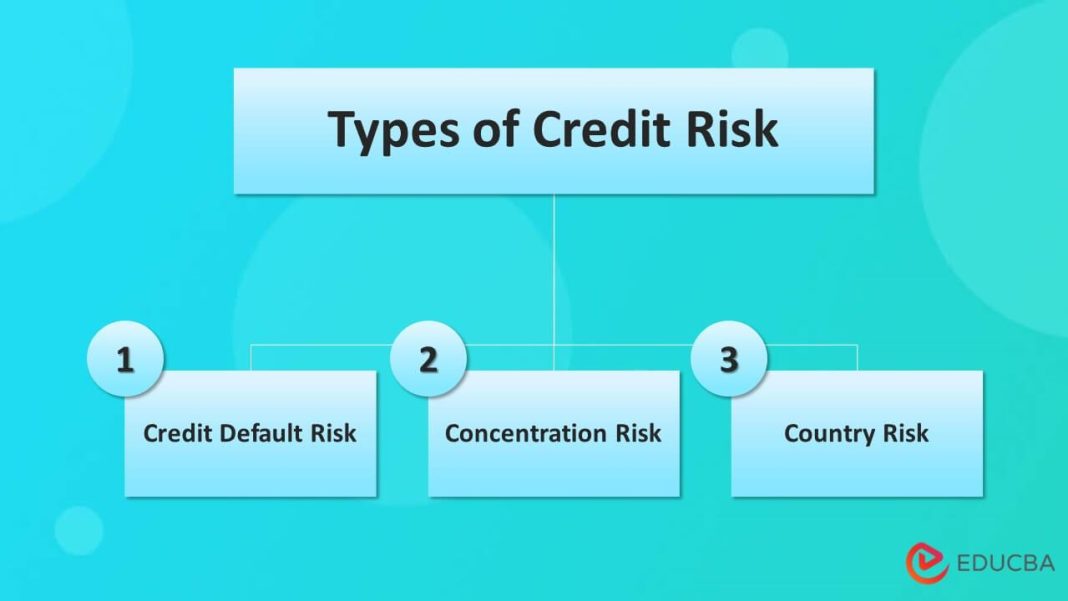In the digital age, where information flows as freely as currency, the sanctity of data has become the new gold standard. Financial institutions, once the bastions of tangible wealth, now find themselves at the forefront of a new frontier: data privacy. As cyber threats evolve and regulatory landscapes shift, safeguarding sensitive information is no longer a mere operational concern but a fundamental pillar of trust and security. In this era of unprecedented connectivity, where a single breach can shatter reputations and erode customer confidence, data privacy must ascend to the pinnacle of priorities. This article delves into the compelling reasons why financial institutions must champion data privacy, not just as a compliance checkbox, but as a core ethos that defines their commitment to protecting the digital assets of their clientele.
Safeguarding Trust: The Imperative of Data Privacy in Financial Services
In the digital age, where information flows seamlessly across borders and devices, financial institutions are entrusted with vast amounts of sensitive data. This responsibility is not just a regulatory requirement but a fundamental component of maintaining customer trust. Data privacy is no longer a mere compliance checkbox; it is a cornerstone of a bank’s reputation and customer loyalty. Institutions must recognize that any breach can lead to severe financial penalties, loss of customer confidence, and irreparable damage to their brand.
To ensure robust data privacy, financial institutions should focus on several key areas:
- Encryption and Security Protocols: Implement advanced encryption methods to protect data both in transit and at rest.
- Regular Audits: Conduct frequent audits to identify vulnerabilities and ensure compliance with data protection regulations.
- Employee Training: Educate staff on the importance of data privacy and the role they play in safeguarding customer information.
- Transparency: Maintain clear communication with customers about how their data is used and protected.
By prioritizing these strategies, financial institutions can not only comply with legal obligations but also foster a culture of trust and security that sets them apart in a competitive market.

Navigating Regulatory Landscapes: Compliance as a Catalyst for Innovation
In today’s digital age, the financial sector stands at the crossroads of innovation and regulation, where data privacy is not just a compliance checkbox but a strategic priority. As financial institutions navigate the complex regulatory landscapes, embracing data privacy can serve as a catalyst for innovation. By prioritizing data privacy, these institutions can unlock a myriad of opportunities:
- Building Trust: Establishing robust data privacy measures enhances customer trust, a crucial asset in the financial industry. When clients feel secure, they are more likely to engage and share information, enabling personalized services.
- Competitive Advantage: Institutions that lead in data privacy are better positioned to differentiate themselves in a crowded market. A reputation for safeguarding data can attract privacy-conscious consumers and partners.
- Innovation Opportunities: Compliance with data privacy regulations often necessitates the adoption of cutting-edge technologies. This drive towards innovation can streamline operations and open new avenues for growth.
By viewing compliance not as a hurdle but as a gateway to innovation, financial institutions can transform regulatory challenges into strategic advantages, fostering a culture of trust and innovation.

Building a Fortress: Implementing Robust Data Protection Strategies
In an era where data breaches and cyber threats are becoming increasingly sophisticated, financial institutions must prioritize the implementation of robust data protection strategies. This is not just a matter of compliance but a critical component of maintaining customer trust and safeguarding sensitive information. Building a digital fortress involves a multi-layered approach that includes:
- Encryption: Transforming data into a secure format that is unreadable without the correct decryption key, ensuring that even if data is intercepted, it remains inaccessible.
- Access Controls: Implementing strict access protocols to ensure that only authorized personnel can access sensitive data, reducing the risk of internal breaches.
- Regular Audits: Conducting frequent security audits to identify vulnerabilities and address them promptly, ensuring the institution’s defenses remain strong against evolving threats.
- Employee Training: Educating staff on the latest security practices and the importance of data protection, as human error is often a significant factor in data breaches.
By embedding these strategies into their operational framework, financial institutions can not only protect themselves from potential breaches but also enhance their reputation as trustworthy guardians of their clients’ data.
Empowering Customers: Transparency and Control in the Digital Age
In the rapidly evolving digital landscape, financial institutions must prioritize data privacy to empower their customers effectively. By embracing transparency and offering control over personal information, these institutions can build trust and foster long-lasting relationships. Transparency is not just about clear communication; it’s about providing customers with the tools and knowledge they need to make informed decisions about their data. This involves:
- Implementing easy-to-understand privacy policies that outline data usage clearly.
- Offering user-friendly dashboards that allow customers to manage their data preferences effortlessly.
- Regularly updating customers on how their data is being protected and used.
Control is equally vital, as it empowers customers to dictate how their information is shared and utilized. Financial institutions can enhance customer control by:
- Providing options for customers to opt-in or opt-out of data sharing initiatives.
- Ensuring robust security measures are in place to protect sensitive information.
- Facilitating easy access to data correction and deletion requests.
By focusing on these aspects, financial institutions not only comply with regulatory requirements but also position themselves as leaders in customer-centric service, ultimately gaining a competitive edge in the market.





